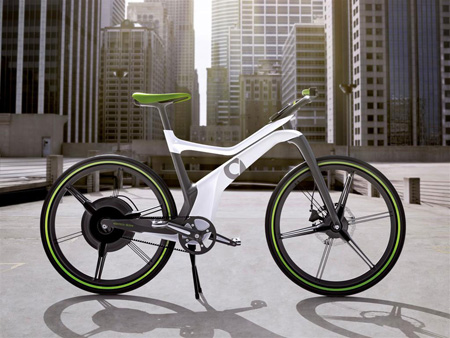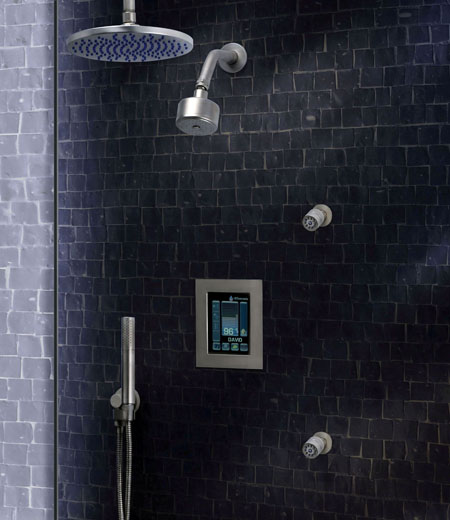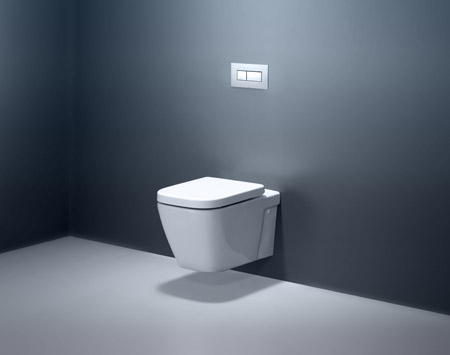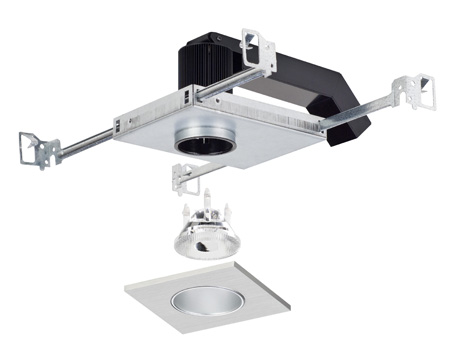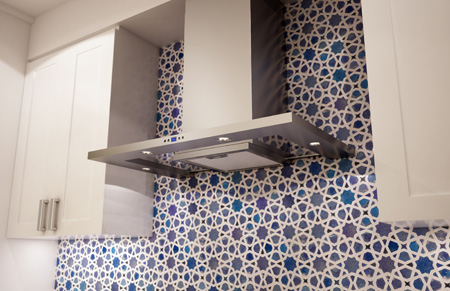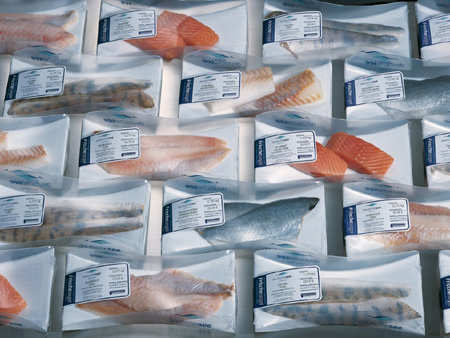The Green GOOD DESIGN Awards are always an indicator of progress that the design industry makes towards sustainability; recognizing only those products expected to contribute to the development of a healthy society. Each year, hundreds of products are submitted but only a few dozen make the cut. We pared down the extensive list to share with you several of our favorite recipients:
smart is a brand that consumers look to for future lifestyle products such as their now ubiquitous two-seater car, gaining their latest product to hit showroom floors even more attention. Starting this year, the smart ebike will be sold at dealerships with an eye on luring city dwellers out of their car and into an easy bike ride. Research shows us that bicycle commuting is increasingly popular and this is overwhelmingly evident in densely populated cities well served by transit and pedestrian infrastructure such as New York, Chicago, and San Francisco. The ebike can be peddled like a regular bike during which time a small motor is charged so it can take over or help when the rider is tired or starts biking up an incline. The hope is that smart car drivers, who are already much more likely to live in cities, will take the bike for their commute or small errands to spare themselves traffic and parking issues.
New York City manufacturer Watermark Designs was recognized for its Luxury Shower System which brings a new level of personalization and digitalization to the shower while maintaining its ‘green’ standards. The shower is controlled by a touch screen which can be programmed with personalized shower settings for temperature, music, lighting, water orientation, and even water consumption. The system tracks water usage through the Green Statistics function and was designed to conform to strict green building codes such as California’s CALGreen standards. While cramming in all this new technology, Watermark remains dedicated to original and attractive design of its luxury fixtures.
Italian designers Ludovica and Roberto Palomba are the masterminds behind Laufen’s evolving and ever-popular Palomba collection of luxury bath furniture. Distinct from other luxury brands, the new designs added to the collection each season are intended to complement rather than replace existing designs in the collection to reflect changing tastes and attitudes, much as a fashion label would. This time around, Laufen was awarded the Green GOOD DESIGN Award for the Palomba wall-hung toilet which is EPAWaterSense labeled. Most of the unit is built into the wall and remains out of view, making it a minimalist and unobtrusive addition to the room.
Riding a trend favoring wall-hung toilets, Caroma was recognized at the awards for two of their Invisi Series II toilets. Caroma is often associated with environmentalism due to their extensive line of water-conserving products and, consistent with that, both of these toilets are also WaterSense labeled and fitted with dual-flush technology which keeps water consumption at just 0.8 to 1.28 gallons per flush. The Invisi Series Cube toilet was recently featured in the Life Edited 1 home which was built as the result of a green and space saving design competition.
CSL was awarded for its Eco-Downlight LED Mini, a smaller version of its popular Eco-Downlight which we recently discussed in relation to retail. The fixture is admired for its enormous energy and maintenance savings, using just 14, rather than 50, Watts and is Energy Star compliant. BUILDERnews voted it as one of the “Best Products” of 2011 for it’s nimbleness, flexibility, and efficiency.
Zephyr is known in the world of kitchens as an authority on high-performance, high-design range hoods so it was no surprise that they received a Good Green Design Award for their Next Generation Europa series. The Europa series range hoods have been extremely popular and the Next Generation line of hoods use Zephyr’s acclaimed DCBL (pronounced “decibel”) suppression system which is astonishingly efficient and quiet. DCBL is the industry’s first range hood to be powered by direct current (DC), rather than alternating current (AC). Zephyr is betting that the efficiency and performance of this system will further cement their leadership position in the luxury range hood market.
Perhaps most unusual of the award recipients was Deutsche See, a major German fish-processor who’s packaging redesign not only spares the environment of needless waste but also resolves other distribution problems. Their new Fish Crate was redesigned into a curved form which has had the effect of providing better drainage of excess water, boosting the life of packaging and in some cases the quality of product. The reworking of their packaging turned out to be a key branding moment for the company, who’s crates are now instantly recognizable and generate far less waste than their predecessors.

